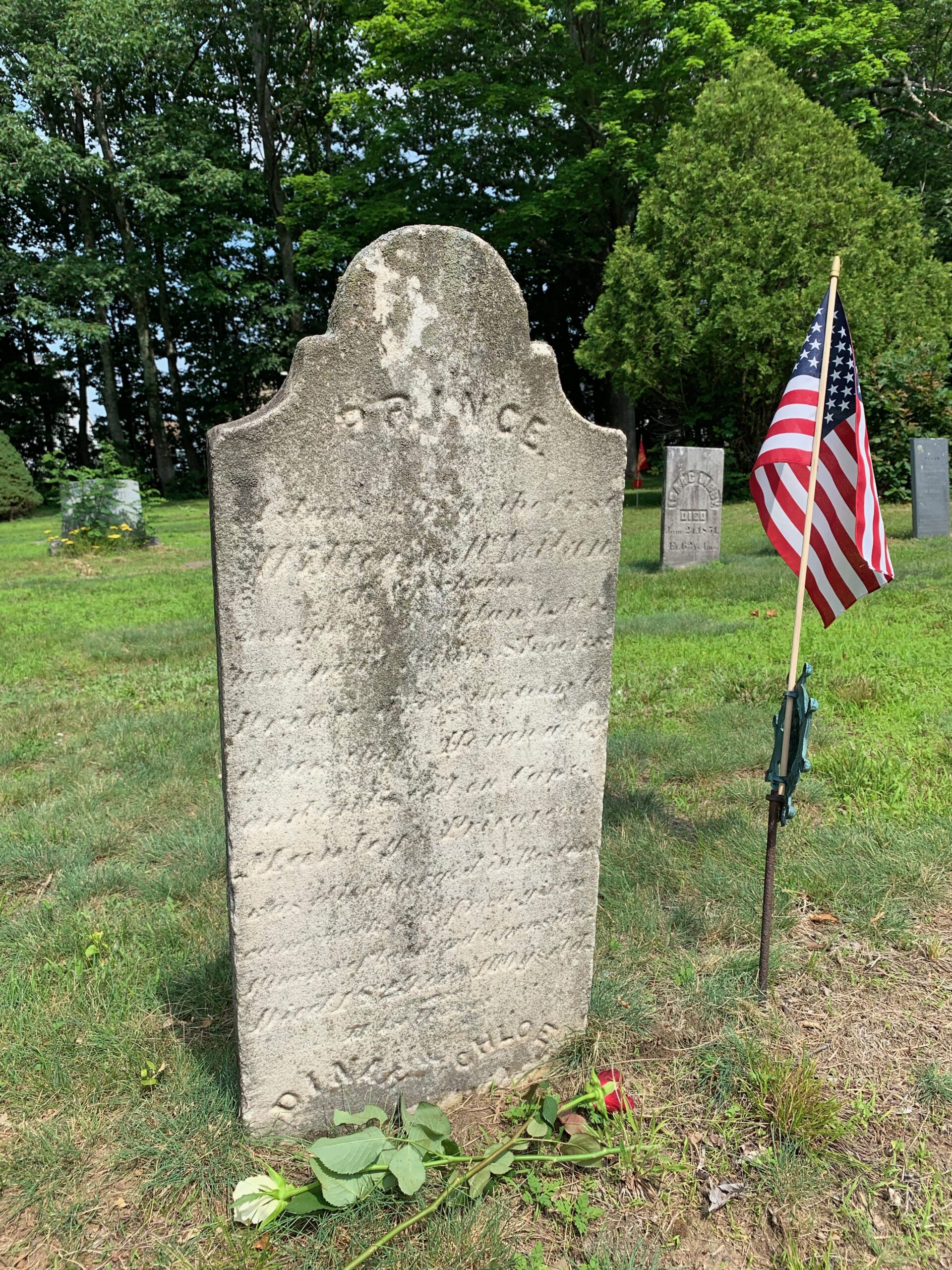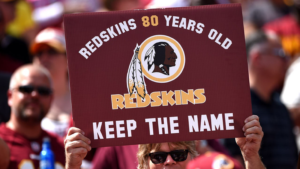Vana Carmona
Prince. His name was Prince. Later in his life, he was often known to some as Prince McLellan, but his last moniker came later. For most of his life, and in death, he was just known as Prince.
He had his singular name because he was enslaved. Just one name. They didn’t need a last name, so their enslavers thought, unless it was their own.
I know this because I have a database of over 1600 people of color who lived in the State of Maine, Prince’s home, prior to the year 1800, just like he did. So few had family names that I alphabetize the database by given names only.
My database is aptly called The Prince Project in his honor.
I know Prince too. I know him because he was enslaved by my own ancestors. Six years ago, I discovered his gravestone and realized it was time I knew more about the family history that had gone undiscussed all my life.
He has taught me volumes. Over the last few years, I have learned so much about what I didn’t know I didn’t know. I also realized that I was not alone. I am now amazed at how little my fellow Mainers are aware of our African American history. So many do not even realize it existed at all! Nor do many of us grasp how even our non-slave-owner Founding Fathers were complicit in the horrors of the Middle Passage.
Prince was actually very typical of those enslaved in Maine in the 18th century. He was born, probably in Guinea, West Africa, sometime in the early 1730s. At some point as a young child, he was kidnapped and transported to Antigua in the Caribbean, one of the major ports for incoming captives. When he was about 12 years old, William McLellan of Gorham, Maine (a long-ago great uncle of mine) purchased him.
Prince worked for William pretty much for the rest of his life. At first, he was enslaved. When the Revolutionary War broke out, he ran away to fight. And fight he did, not just for our freedom, but for his as well.
In 1783, Prince was finally free, not because of any soul-searching on the part of my great uncle, but because Massachusetts declared that slavery was not legal in the state (and we were part of Massachusetts at that time).
He died on July 19, 1829 and was buried in Gorham.
Oddly, his gravestone tells us more than we could imagine. Yet, it is also misleading.
The stone is badly eroded and inscription is now virtually illegible, but it reads:
Prince
A slave, whose the first William McLellan of Gorham bought in Portland, ME and paid for in shooks. Prince drove the team to draw them. He ran away and enlisted on Capt. Manley’s Privateer, and was discharged in Boston, came back, was freed, given 10 acres of land, and a pension. Died 1829, over 100 y’s old.
His wives
Dinah, died 1800
Chloe died 1827
Even at the time of his death in 1829, his gravestone refers to him as simply Prince.
Yes, he was enslaved. William did not buy him in Portland. His wife, Rebecca, had made arrangements with her husband’s brother-in-law, Joseph McLellan of Portland, to purchase a slave for her when he was heading down to the West Indies. He was a prominent and very successful sea merchant at that time.
I have heard the story of the shooks in many places, and it would not be at all uncommon. That is what the Maine sea merchants did to support the slave trade. We sent our wood, our shooks, to the Caribbean to become the barrels to transport the molasses, sugar, rum and whatever else those enslaved in that region were forced to produce. We also sent down our fish scraps that would not sell anywhere else. The island plantation owners used them to feed the people who were forced to work for them and make them wealthy.
Yes, Prince did run away to join the war effort. Did William give him permission? No, he did not. He wanted to keep him down on the farm, slaving away in his behalf. But he went anyway. Good.
The privateer was Manley’s Frigate Hague on which he served as seaman for over a year. Later the ship was renamed the Frigate Deane, and Prince served under Capt. Nickson in the West Indies. When the war ended, he was at Martinique.
After the war, he did come back, but the gravestone implies that William freed him. He did not. He was freed by the Massachusetts lawmakers just as he was being discharged.
Did William “give” him 10 acres of land? I am skeptical. I often read this in my research. It implies that the former slave owners waxed suddenly magnanimous after the war. We like to think that in Maine slavery was different, “not like the South” as I am often told. Maybe it is intended to assuage our guilt about enslaving fellow human beings?
Even in the History of Gorham by Hugh D. McLellan, the author makes a point that William was “a humane and considerate master, for he settled Prince… on a little farm of 22 acres, with a house free, and very kindly made provision for their support…”
But just try to find those deeds. William allowed him to continue to live on the property, maybe have his own garden for food. But farmers did not “give” away their land.
Prince died an old man, but he was not 100. That seems to be some kind of myth about African American slaves, that they live to be 100. As if that is some sort of special genetic attribute that they share. You can work them to death for decades and they STILL live to be 100.
He did get a pension. But that was not until 1818.
His first wife was Dinah. According to one source, William bought her to be Prince’s wife. I have no idea where he got her. The same source says that after her death, he purchased Chloe to replace her, and that she and Prince were together for over 60 years.
The numbers and the facts do not add up.
Local vital records claim they were officially married in 1799, which means they had already been together for 30 years. The stone says Dinah died in 1800. Obviously there is either something wrong with Dinah’s death date, or perhaps she had been sold off long before. Marriage between enslaved individuals did not carry any legal weight anyway.
Ultimately, in spite of the conflicting accounts, I am pleased that Prince did indeed get a gravestone. He deserved to be honored and remembered. I do not know who provided it nor when it was installed. William died in 1812 so he certainly did not do it. A stone of that caliber was not cheap in those days either.
It is quite possible that the stone was erected a number of years later. It is also possible that Prince is not buried exactly in that spot. He may very well be buried somewhere on William’s farm in Gorham. That is equally plausible. The cemetery was barely in existence in 1829.
Regardless, I am glad it is there. Because by its being there, I have embarked on my journey to know more about the history that I didn’t know existed, and to share it.
Source: https://atlanticblackbox.com/2020/07/31/the-prince-project/




